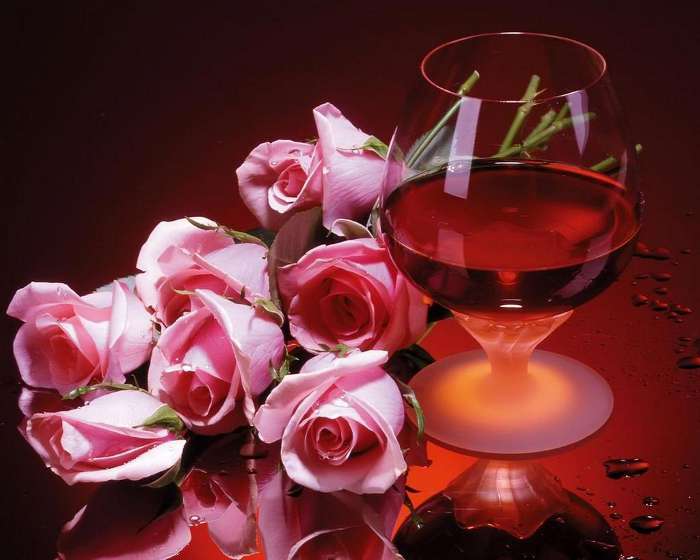FWP:
SETS == EXCLAMATION;
PARALLELISM
DROP/OCEAN: {21,8}
WINE: {49,1}
This is another of Ghalib's many drop-and-ocean verses. Structurally, its feature is parallelism, as Josh points out; for more on this see {4,5}.
As usual in the verses that rely on parallelism of structure, the question of how to juxtapose the lines is especially acute. Do the two lines offer (a) two statements of the same basic situation? Or (b) statements of two similar situations? Or (c) statements of two contrasting situations?
If the two lines offer two statements of the same basic situation, as in (a), then spring and wine are interpreters of the same tumultuous experience of life in the world, and we, along with the drop, are grateful for their help in leading us through and beyond that tumult to the great sea in which we can find the peace and fulfillment of oblivion, or fanā .
If the two lines offer statements of two similar situations, as in (b), then we see the lines as truly parallel. The rose-season is a commentary on the tumult of existence, because although roses are captivatingly beautiful, their lives are painfully short. Through them we come to understand that we need to look beyond this transient world. Similarly, and very appropriately, the flow of the wave of wine is what guides the drop to the sea. The wine starts as new green grapes in the verdure of spring; the grapes are later ripped from their stems, trampled and crushed, fermented into wine, passed rapidly around in glasses and waved in the air, before attaining oblivion-- even as they offer intoxication (and oblivion?) to the drinkers. Just as the life-cycle of the rose guides us, so the life-cycle of the 'wave of wine' guides the (literal? metaphorical?) drop to the sea.
If the two lines offer statements of two contrasting situations,
as in (c), then we could say that while both the rose-season and the wave
of wine deserve praise and gratitude, the wave of wine deserves more. The
rose-season offers merely a commentary, while the wave of wine offers guidance
all the way, and brings the journey to the only possible kind of 'successful', self-obliterating
conclusion.

Nazm:
That is, the flourishing of the rose and the sea is saying, look how the turmoil of existence has heated up! And similarly, creatures engage in praise and celebration. And the wave of wine, having fertilized the world of existence, now shows the drop the way to the sea. (46)
== Nazm page 46